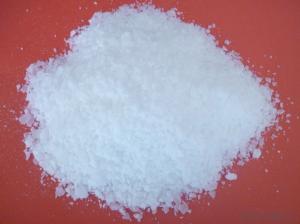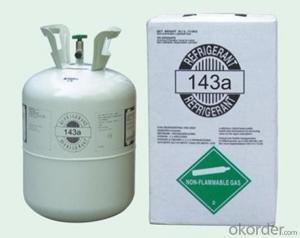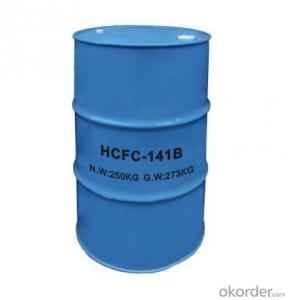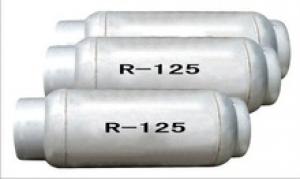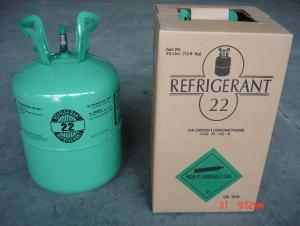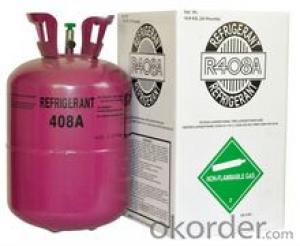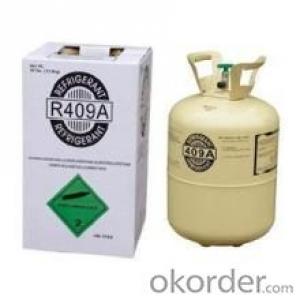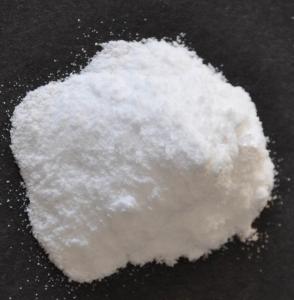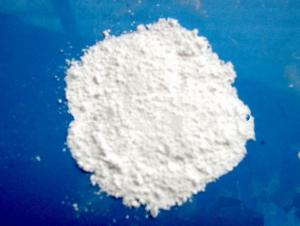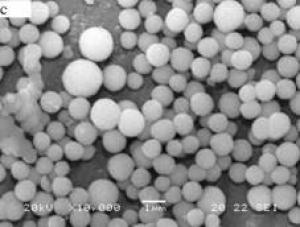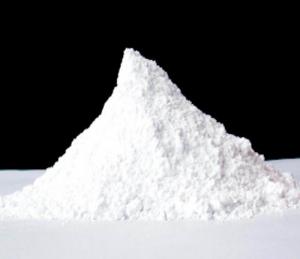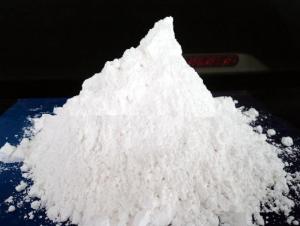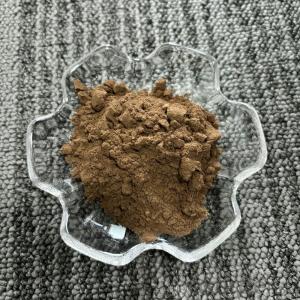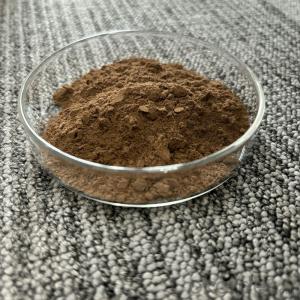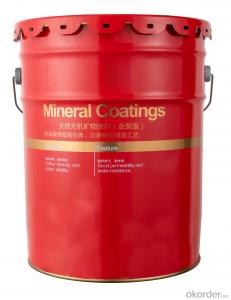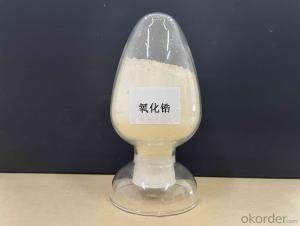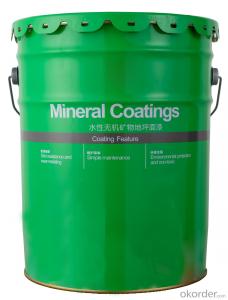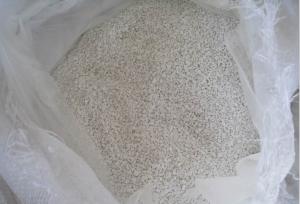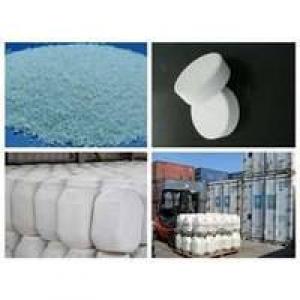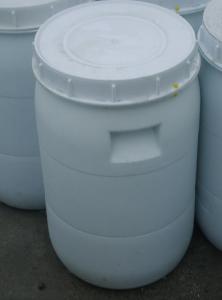Stearic Acid 1820
- Loading Port:
- Tianjin
- Payment Terms:
- TT OR LC
- Min Order Qty:
- -
- Supply Capability:
- 8000MT/month m.t./month
OKorder Service Pledge
OKorder Financial Service
You Might Also Like
Stearic acid
Formula: C18H36O2
Structural Formula:CH3(CH2)16COOH
Product Description:
Shaped like Lump, flake; Saturated fatty acid mainly with C16 and C18, white flake solid at ambient temperature, not dissolved in water, slightly dissolved in benzene and carbon bisulfide, and easily dissolved in hot alcohol. No smell no poison. It has the general chemical properties of organic carboxylic acid.
Physicochemical Properties:
pure product is white with a shiny soft small pieces, melting point 69.6 degrees, the boiling point of 376.1 degrees. Relative density 0.9408, refractive index 1.4299, slowly volatile in the 90-100 degrees. Slightly soluble in cold water, soluble in alcohol, acetone, soluble in benzene, chloroform, ethyl ether, carbon tetrachloride, carbon disulfide, toluene and so on.
Specification:
Item | Index | |||||
Grade No. | 1842 | 1838 | 1820 | 1860 | 1870 | 1880 |
Iodine value gI2/100g ≤ | ≤5.0 | ≤5.0 | ≤5.0 | ≤6.0 | ≤7.0 | ≤8.0 |
Saponification value mgKOH/g | 206~211 | 206-213 | 214-216 | 193-220 | 193-220 | 192-218 |
Acid value mgKOH/g | 208~210 | 210~211.5 | 214-225 | 182-218 | 192-218 | 193-220 |
Chroma (Hazen) ≤ | ≤60 | ≤80 | ≤100 | 200-400 | ≤150 | 400 |
Freezing point °C | 54~57 | 54~57 | 55~57 | 54 | 52 | 52 |
Moisture % ≤ | ≤0.2 | ≤0.2 | ≤0.2 | ≤0.3 | ≤0.3 | ≤0.3 |
Inorganic acid % ≤ | 0.001 | 0.001 | 0.001 | 0.001 | 0.001 | 0.001 |
Suggest Uses:
Mainly for the production of stearic acid salts: Widely used system for cosmetics, plastic cold-resistant plasticizer, release agent, stabilizer, surfactants, rubber vulcanization accelerator, waterproof agent, polishing agent, metal soap, metal mineral flotation agent, softeners, pharmaceuticals, and other organic chemicals.
In addition, oil-soluble pigments can be used as solvents, crayons transfer slip agent, waxed paper lighting agent, stearic acid glyceride emulsifier, etc..
Packing :25/50kg in PP bag ,25MT/20GP
Product Storage:
in dry warehouse ventilation should be more than 10mm from the ground to avoid damp products in the above-mentioned conditions, from the date of delivery for one year shelf life.
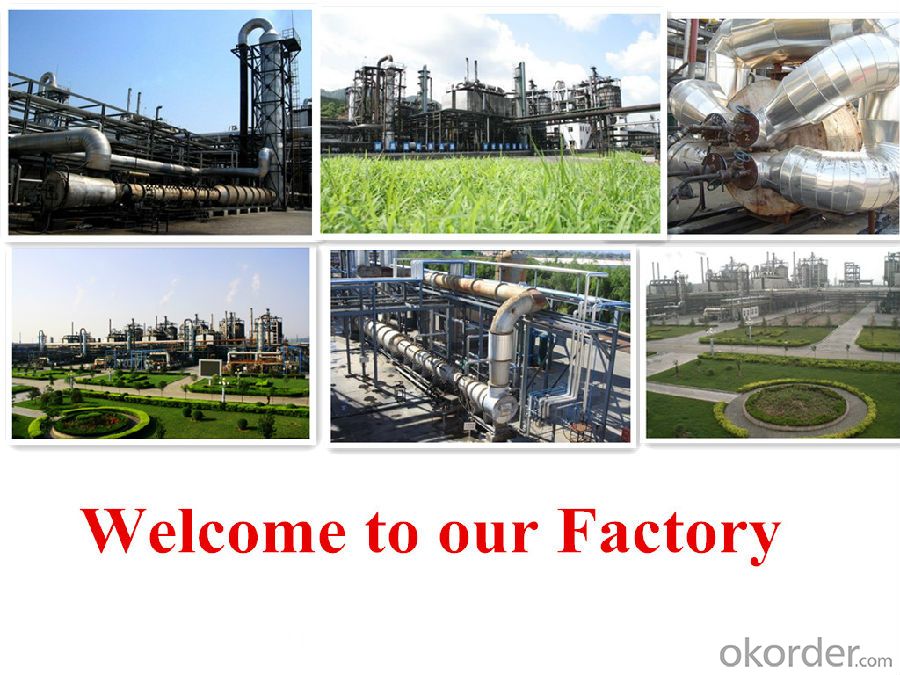

- Q:How to identify carboxylic acid and anhydride
- Acid chloride (anhydride) and alcohol;
- Q:Organic organic compounds are organic matter?
- The polymer compound is covalently bonded to each other by thousands of atoms to form a compound having a relatively large molecular mass and having a repeating structural unit. But the number of repeating units in the preparation process is often not the same, so that the organic polymer compound is a mixture of the argument is not wrong, of course it is organic matter which is beyond doubt.
- Q:What is the difference between hot and cold asphalt?
- I only heard the warm mix of asphalt. The How is cold asphalt defined? How much is it cool?
- Q:What is the difference between crude oil and asphalt?
- Difference: Asphalt is composed of different molecular weight hydrocarbons and non-metallic derivatives of dark brown complex mixture, is a high viscosity organic liquid, was liquid, the surface was black, soluble in carbon disulfide. Asphalt is a waterproof moisture and corrosion of organic cementitious materials. Asphalt can be divided into coal tar pitch, petroleum asphalt and natural asphalt three: Among them, coal tar pitch is a by-product of coking. Petroleum asphalt is the residue after distillation of crude oil. Natural asphalt is stored in the ground, and some of the formation of ore or in the crustal surface accumulation. Asphalt is mainly used for coatings, plastics, rubber and other industries and pavement and so on. Crude oil (44.27,0.27,0.61%) is the upstream raw material of asphalt, there is a strong correlation between the two prices. For the asphalt industry, the impact of the upstream industry is mainly reflected in the fluctuations in crude oil prices, crude oil processing capacity changes in oil asphalt production and product prices fluctuations. From the downstream demand point of view, asphalt products are mainly used in highways, municipal roads, bridges and airports and other places of the laying of which highway construction for the consumption of asphalt accounted for 82%. In the case of a certain capacity, the increase in downstream demand will further promote the growth of asphalt prices, on the contrary, will bring the price down.
- Q:Hazardous Chemicals Inorganic Classes, Organic Classes What does it mean?
- Hazardous chemicals refer to highly toxic chemicals and other chemicals that are harmful to humans, facilities and the environment, which are toxic, corrosive, explosive, burning and burning. Including explosives, compressed and liquefied gases, flammable liquids, flammable solids, spontaneous combustion and wet flammable materials, oxidants and organic peroxides, toxic and corrosive substances, etc.
- Q:Are there two derivatives of equivalent hydrogen?
- You give the scope is too broad, at least to set in what kind of functional group range ah.
- Q:What is the difference between organic matter and inorganic matter?
- Inorganic matter is an inorganic compound. Generally refers to the elements other than carbon elements, such as water, salt, sulfuric acid, lime and so on. However, some simple carbon compounds such as carbon monoxide, carbon dioxide, carbonates, carbonates and carbides, because of their composition and properties and inorganic similar, so also as an inorganic to study. The vast majority of inorganic matter can be classified as oxides, acids, alkalis and salts.
- Q:High school chemical hydrocarbons with hydrocarbon derivatives with water solubility, density for accurate and comprehensive summary, thank you. Out of college entrance examination
- Hydrocarbons are insoluble in water and have a lower density than water
- Q:What are the oxygen consumption of the oxygen-containing derivatives of the mass hydrocarbons?
- For this comparison, you can see the experimental formula of this material, a C corresponds to an oxygen, 4 H corresponds to an oxygen, the experimental consumption of oxygen up, then under the same quality conditions, the greater the oxygen consumption of this material
- Q:Which acid is strong for carboxylic acid and carbonic acid?
- Carbonic acid actually measured PK1 = 6.36, which is weaker than the acidity of the monovalent aliphatic carboxylic acid, but this determination is based on the presence of water-soluble carbon dioxide in the form of H2CO3, but this is not true. In fact most of the CO2 Is in the form of a loose conjugate with water, so it should be corrected by the activity of H2CO3, thus obtaining PK1 = 3.7 for carbonic acid, which is stronger than the acidity of the monovalent aliphatic carboxylic acid.
1. Manufacturer Overview |
|
|---|---|
| Location | |
| Year Established | |
| Annual Output Value | |
| Main Markets | |
| Company Certifications | |
2. Manufacturer Certificates |
|
|---|---|
| a) Certification Name | |
| Range | |
| Reference | |
| Validity Period | |
3. Manufacturer Capability |
|
|---|---|
| a)Trade Capacity | |
| Nearest Port | |
| Export Percentage | |
| No.of Employees in Trade Department | |
| Language Spoken: | |
| b)Factory Information | |
| Factory Size: | |
| No. of Production Lines | |
| Contract Manufacturing | |
| Product Price Range | |
Send your message to us
Stearic Acid 1820
- Loading Port:
- Tianjin
- Payment Terms:
- TT OR LC
- Min Order Qty:
- -
- Supply Capability:
- 8000MT/month m.t./month
OKorder Service Pledge
OKorder Financial Service
Similar products
New products
Hot products
Related keywords
